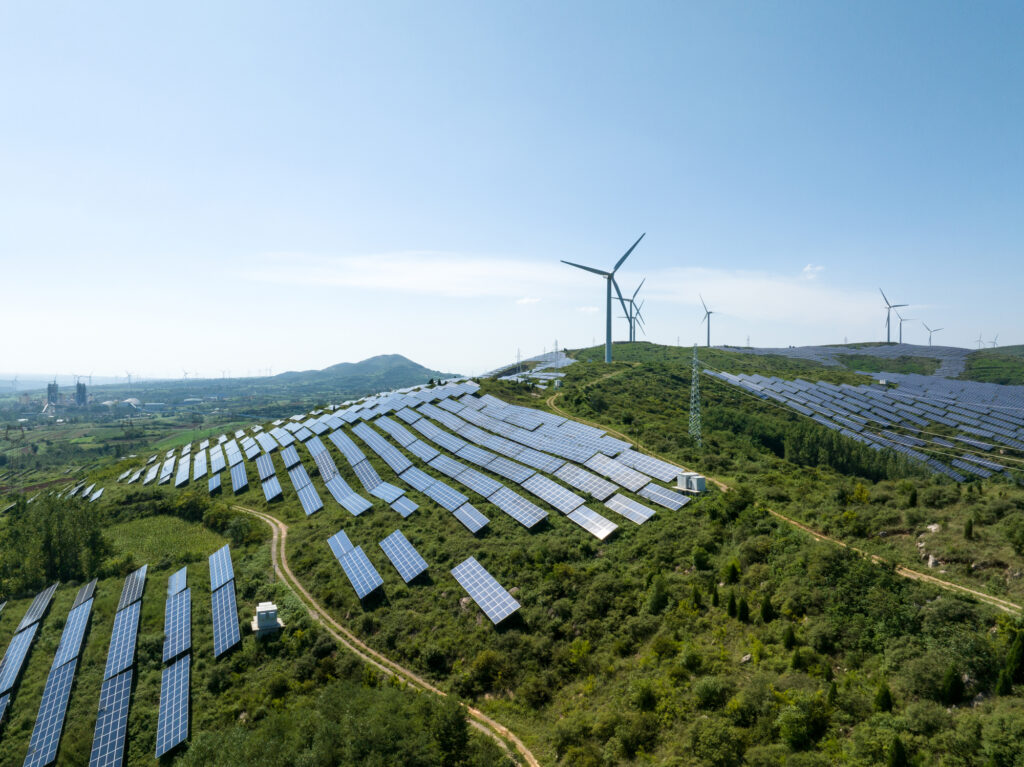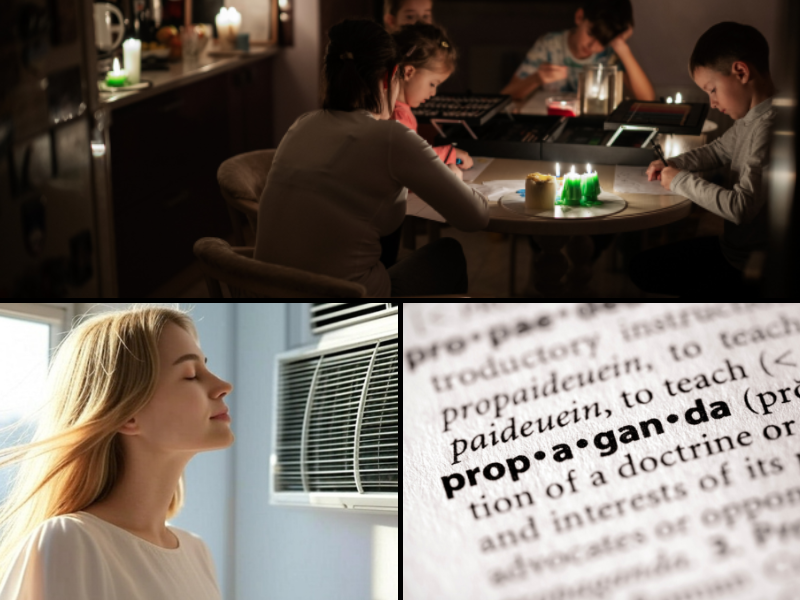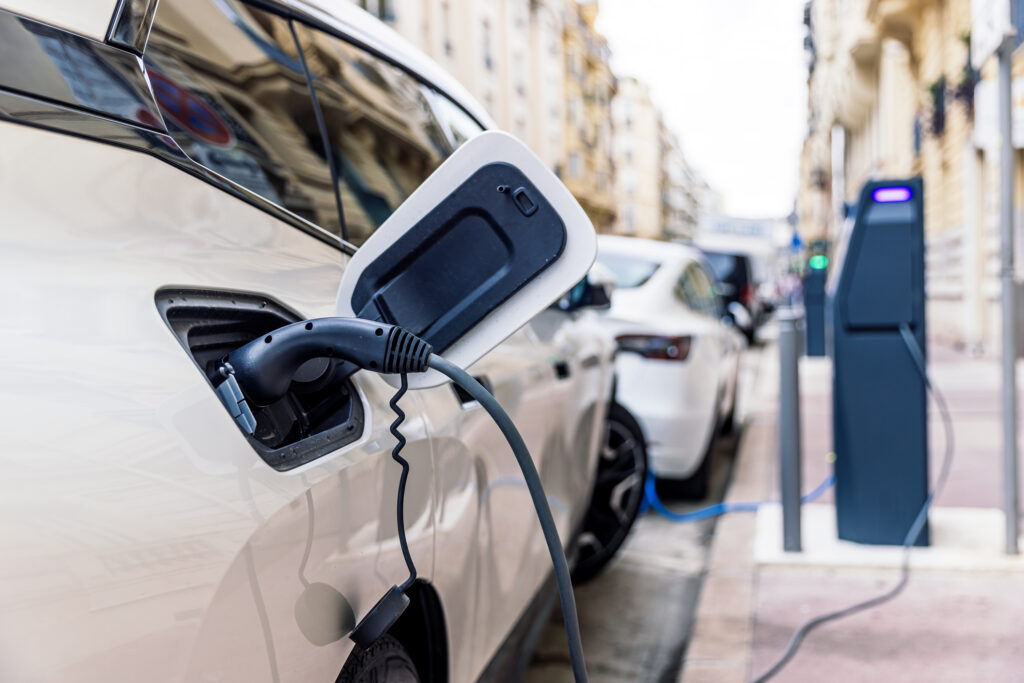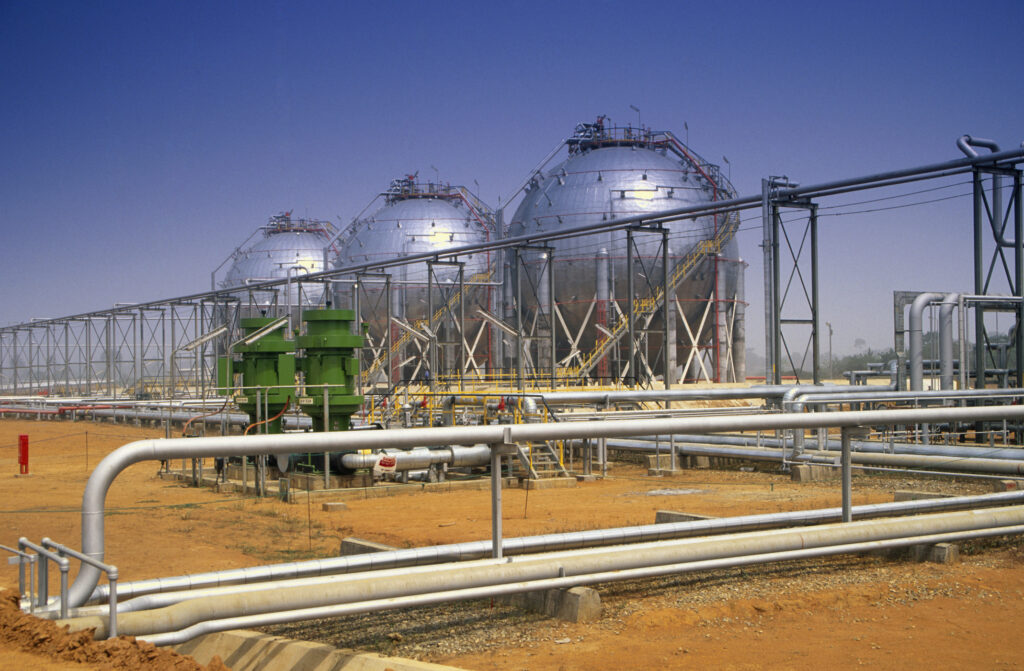The President says he would like to stop new wind power development from wrecking America’s electric power grid. There is a simple and sensible way to do this that stops solar as well. Simply ban hooking these destructively intermittent generators into the grid.
The States have the authority to build power generators but approving their connection to the American grid is a federal function. The lead agency is the Federal Energy Regulatory Commission (FERC) in the Energy Department. This authority is delegated to the Regional Transmission Operators (RTOs) subject to FERC oversight.
The present situation is absurd as the RTOs have queues of connection requests from renewables developers that in total megawatts exceed their peak demand. The unpredictable intermittency of generation from these renewables threatens to wreck the grid.
FERC has the authority and the responsibility to ban the connection of intermittent generation. They just approved a proposal from a regional transmission operator to prioritize approving the connection of dispatchable generators ahead of intermittent ones.
Dispatchable means the generator can produce electricity when it is needed. Wind and solar cannot do this as they only produce power when the wind blows hard and the sun shines strong. This unpredictable dependency on weather is called intermittency. It can vary greatly from day to day, hour to hour, even minute to minute. This endless variation can easily destabilize the grid in ways that range from destructive voltage and frequency swings to deadly blackouts.
It is a simple step for FERC to go from prioritizing dispatchable generation to mandating it by not approving the connection of destructive intermittent generators.
FERC’s mission statement is clear:
“FERC ensures reliable, safe, secure & economically efficient energy for consumers at a reasonable cost.”
There are two very good reasons for FERC to do ban new intermittency connections — reliability and cost. Intermittency destabilizes the grid and costs a fortune. In theory storage could fix this but it is impossibly expensive. There is no feasible cure for intermittency.
The cost of intermittency is exorbitant because dispatchable generation has to be constantly available to run when the renewables do not. Americans wind up paying for two systems of generation when the dispatchable system alone could do the job. Adding intermittent generation is a wasteful and expensive redundancy.
But the instability from renewables is far more expensive than this redundancy. Things like computers and internet data centers which are central to our way of life require high quality electricity. Even small variations in AC frequency or voltage can wreck them.
Computers now operate much of our essential systems and equipment making that them highly sensitive to electric power quality. Losing whole systems can be catastrophic.
There has been a growing chorus of warnings that America’s grid is becoming unstable due to the unwise replacement of dispatchable generators with intermittent ones. This trend cannot go on and it is up to FERC to reverse it.
That some States have laws mandating an impossible transition to intermittent renewables is irrelevant. FERC’s responsibility is to the American people not to ill conceived State laws. Reliable electric power at a reasonable cost is essential to America. It must be restored.
Electricity usage grew steadily throughout the twentieth century. That steady growth suddenly stopped around the turn of the century but now it has resumed with strong growth predicted. Much of the new need is for high quality electricity which the growing glut of intermittent generation makes impossible. Adding disruptive intermittent generation to the grid must be stopped until reliability is restored and secured with a lot of new dispatchable generation.
FERC must act quickly to restore reliability. FERC’s first step is to ban the connection of new intermittent generation to America’s grid.’
First published at CFACT.





